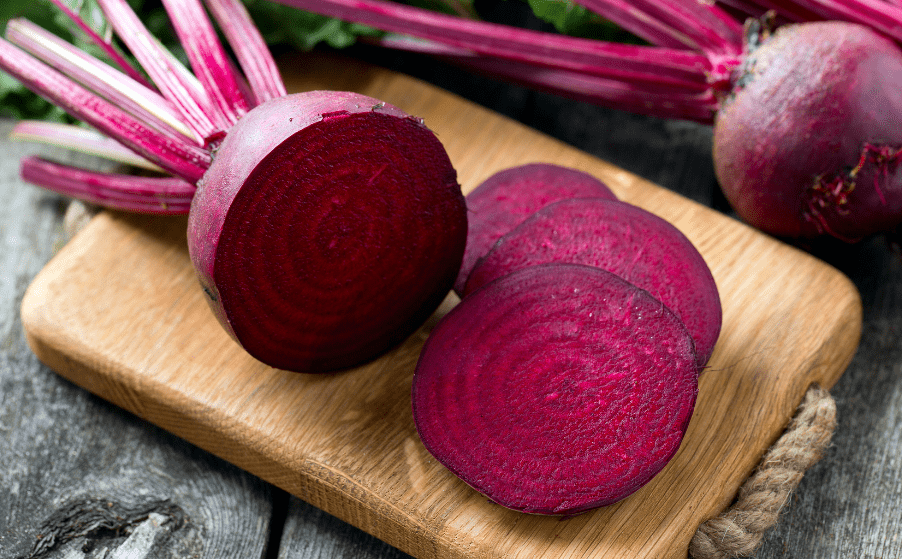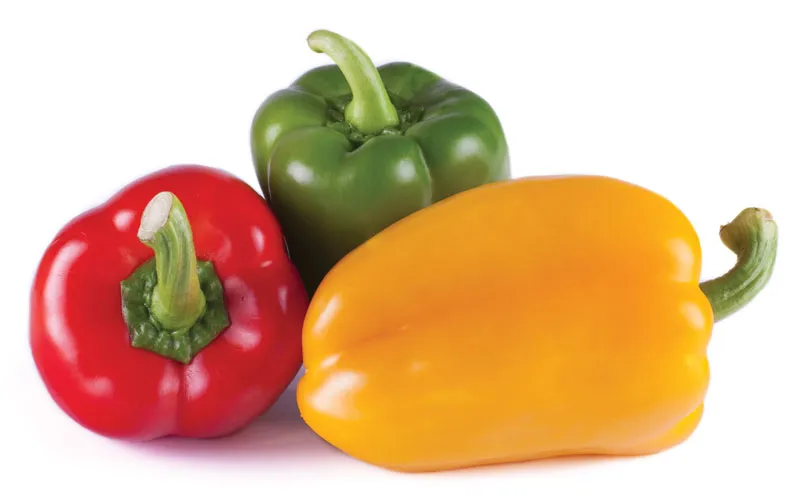
Description
An annual plant, Eruca vesicaria can reach heights of 20 to 100 cm. The pinnate leaves include four to ten little lateral lobes that are deeply lobed, as well as a big terminal lobe. The blooms have a corymb-shaped arrangement, are 2 to 4 cm in diameter, and have the usual Brassicaceae flower structure. The stamens are golden, while the petals are a creamy white colour with purple veins. The fruit is a siliqua (pod) that is 12 to 25 mm long, has an apical beak, and contains a number of edible seeds.
Varieties
The varieties of arugula differ in taste, appearance, and other aspects. Some are listed below:
Those who like a mild rocket flavour will like “Astro II.”
Another mild variant is ‘Apollo’. Its leaves are oval and it is comparatively heat-tolerant.
Rucola Selvatica a Foglia D’Ulivo, sometimes known as “Olive Leaf,” is more commonly recognized in Italian. The flat, narrow leaves of this wild species have a flavour that is spicy but not overbearing.
“Red Dragon” is a great addition to salads thanks to its attractive purple-veined leaves that resemble oak leaves and have a mild flavor.
Sylvetta is coveted for having an especially slow bolt. It has slender, pungent leaves.

Uses
Young leaves have calcium, iron, and vitamins A, C, and K and are frequently consumed raw.
Nutrition
100 g of arugula contains 0.7 g of fat, 27 mg sodium, 3.7 g of carbohydrates and 2.6 g of protein. Other minerals and vitamins are: Calcium, Iron, Vitamin A, K and C.
Cultivation
Being a cool-season annual, rocket is best in the spring or autumn. Plant on healthy, well-drained soil that receives full light. Compost and/or fertilizer are advantageous for rocket, just like they are for any herb or vegetable that needs to develop green leaves. When the soil dries out, add water.
Table





